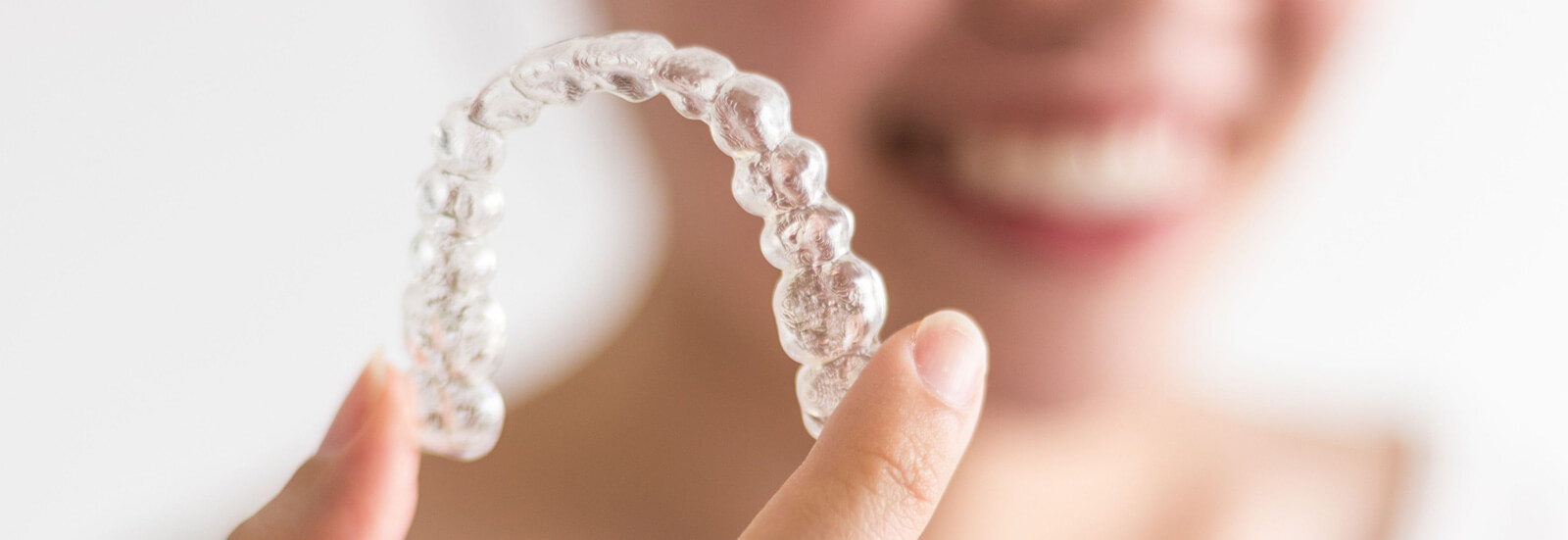Despite the fact that we live in an age of digital interpersonal communication transmitted over wires and through the air, both children and the adults that grew up without the internet. The internet often takes the place of person-to-person dialogue will always need to leave a great impression with those they meet. Let’s face it: that key interview can go you or your child’s way based on a strong first impression, and the foremost feature someone will notice is your smile, whether crooked or sleekly aligned. Typing a smiley face just won’t work when you’re sitting across from a job interviewer.
LAST UPDATED: NOVEMBER 22, 2016
Since your smile is the gateway to new relations and opportunities, self-ligating braces can correct your dental arrangement and the end result will be the stunning smile you need to impress.
FAQ Self-Ligating Braces
How Do They Work?
Compared to classic cases, self-ligating ones have much of their resemblance. The patient will need an arch wire, tweaked to exert directional forces tooth by tooth. The ligatures are not. How did orthodontic engineers find this workaround? It all comes down to the bracket on each tooth. With self-ligating cases, designers have taken expert precision arguably on par with the best of clock makers and created brackets with moving parts.
On a small scale and depending on each one’s design, self-ligating brackets can have rotating door brackets or clips. The rotating door bracket is essentially a bracket with a canal to receive the arch wire and a minuscule door that pivots either open to receive the wire or closed to firmly secure it in place. The clip design, depending on the manufacturer, will typically have pincer-like clips that will perform the same job of keeping the arch wire in a fixed position. The orthodontist will have the tools necessary to open or close these brackets, adjusting them as needed.
What Are Traditional Braces?
The classic set of cases involves the use of ligatures. Ligatures in dentistry are essentially ties, typically rubber bands of various colors, that are attached to teeth. Standard cases include a metal wire that crosses around the face of your teeth along the length of your dental arch. This wire, called the arch wire, is held in place by special brackets that a skilled orthodontist affixes to each tooth using special tools and adhesives. The traditional bracket is designed to use friction to render the arch wire in a way that requires a ligature to wrap around it. keep the arch wire in place. Many people, especially kids, embrace the classic ligature-required style because they can pick from various colors for each tooth and it allows them to be a bit creative. The elastics can be difficult to put on.
What Is The Invisalign Approach?
For those that prefer a lower profile, more subtle approach to aligning their teeth, there is always the increasingly popular but gradual solution of products like Invisalign. Invisalign’s approach to smile correction is to hide cases altogether. An orthodontist works with a patient to design a snugly fitting mold that covers a row of teeth. This mold lasts about two weeks and slowly moves teeth toward the desired position. The benefit of a product like Invisalign is that it makes the wearing of cases an incognito experience.
Molds must replaced with new ones to update the amount of force applied to each tooth, since the teeth are slowly moving into place and the static mold will reduce the amount of force being exerted on a tooth as it moves to its new position. The invisibility justifies this approach, and it works, but traditional cases have been shown to work faster in pushing teeth toward their new location.
What is the difference between them all?
Self-ligating cases fall in the smile correction spectrum between the transparent clarity of a mold and the complexity of a traditional set of cases. With no ligatures to wrap around the bracket, self-ligating brackets often reduce the real estate of the cases. This means more of the tooth itself shows through while the cases maintain the clean uniformity of the material used. This cleaner look is a plus over classic ligature cases.
Self-ligating also benefit from the lack of friction presented by rubber or metal ligatures. The friction present in classic case reduces the efficiency of movement and thereby extend the amount of time braces need to be worn. With self-ligating brackets, this friction is gone with the ties that caused it. Furthermore, classic ties are more likely to retain food. As a basic tenet of dental care, the teeth need to be cleaned of sugars and foods to reduce bacterial growth that leads to tooth decay, and the move to self-ligating brackets has been one that improve dental hygiene for those wearing correctives. In conclusion, the designers of these self-ligating brackets have worked to keep the brackets smooth and rounded, reducing spaces where food can get caught.
But why not go the invisible alignment route every time? The answer accordingly, is efficiency. Self-ligating completes faster than molds. For those looking to correct their dental arch as soon as possible, nothing beats a good arch wire arrangement. They are designed to reduce soreness and discomfort, and there’s no more taking off your elastics at meals or when brushing. There’s no more replacement of elastics that lose their strength with time. Now that metal bracing forgoes the ties with self-ligating innovation, dental patients can achieve that perfect, impressionable smile. When it comes to meeting someone, that is a timeless asset.
Schedule an Orthodontic Appointment Today
Not every orthodontic office has two experts to examine and treat patients but Nease and Higginbotham Orthodontics does. On the whole, we make it convenient to drive to our facilities by having three locations in South Carolina:
- Spartanburg
- Gaffney
- Duncan
finally, at our state-of-the-art orthodontic facility, patients have the opportunity to meet with two qualified orthodontists who understand how to determine the most appropriate braces for patients. Thus, anyone with unsightly misaligned teeth can schedule an appointment with a telephone call or online form to talk to:
• Dr. Phil Higginbotham
• Dr. Eric Nease
Dr Nease Orthodontics
2455 E. Main Street
Spartanburg
SC 29307
(864) 579-7700
Self-Ligating Braces Know-how Checklist 2016
[super-post id=”sp5583effdd0de5″ title=”Related Posts” items=”5″ show_title=”true” title_length=”0″ title_ellipsis=”…” show_thumbnail=”true” remove_no_thumbnail=”false” icon_height=”40″ icon_width=”40″ icon_empty=”1121″ show_comments=”true” comment_icon=”https://nthdegreeorthodontics.com/wp-content/plugins/super-post/images/comments.png” show_date=”true” show_date_link=”true” date_icon=”https://nthdegreeorthodontics.com/wp-content/plugins/super-post/images/date.png” date_format=”F j, Y” show_author=”false” author_title=”View all posts by {author}” author_icon=”https://nthdegreeorthodontics.com/wp-content/plugins/super-post/images/author.png” show_category=”false” first_category=”true” category_separator=”, ” category_icon=”https://nthdegreeorthodontics.com/wp-content/plugins/super-post/images/category.png” offset=”0″ page_range=”5″ load_text=”Load more posts” query=”related” order=”DESC” post_status=”publish” title_trim=”words” load_style=”none” template=”left”]




